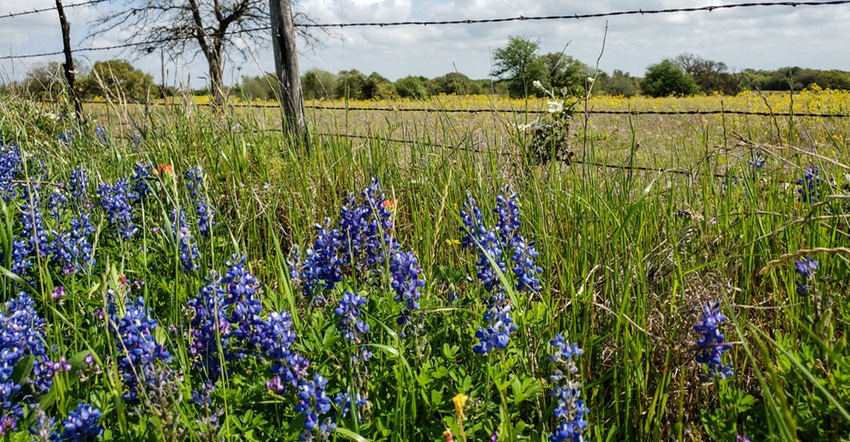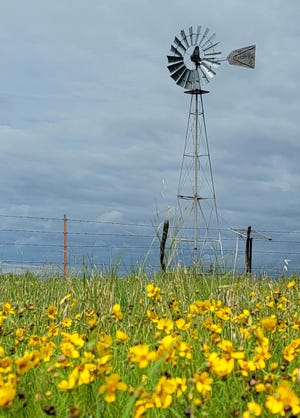
Now is the time for Texas wildflower lovers to plant their favorite varieties for flowers in the spring, said Joseph Johnson, program manager for The Gardens at Texas A&M University.
Planting in the fall — before the start of the rainy season — gives your wildflowers time to germinate and gain a good root system before going dormant during the winter.
Texas wildflowers. (Photo by Shelley E. Huguley)
“It is good to use a wildflower mix with several different species to ensure year-round interests and not just blooms for the spring,” he said. “This will give you an array of colors, but also an opportunity to see what does especially well in your wildflower area for the next year. If you let your flowers go to seed, you could see them again and again from year to year.”
Prepare the soil for the seeds
Anyone interested in planting wildflowers for a spring family photo needs to prepare the soil. To ensure that the seeds come into contact with the soil, till and tamp them into the soil. After planting, lightly water the area to settle the seeds into the soil.
“If you are partial to bluebonnets, consider planting them in full sun with good drainage,” he said. “Otherwise, an area with a minimum of six hours of sunlight should be sufficient for most types of wildflowers.”
Do not overwater and do not fertilize wildflower seeds, he added. A little bit of care goes a long way, especially for bluebonnets.
Scatter the wildflower seeds
Spread your seeds over your prepped soil, according to the instructions of your selected seed mix. Or, if you are looking for a meadow bursting with flowers and color, you may want to spread them thicker.
 (Photo by Shelley E. Huguley)
(Photo by Shelley E. Huguley)
Once your seeds are in place, walk around the area to compress them into the ground for good germination. It is important not to bury or cover the seeds because they need good exposure to the sun.
Wait for spring and enjoy the blooms
Because of the fall planting, the seeds should not require too much care and watering. Blooms should begin to appear in early spring, depending on the weather, and, with a good-quality seed variety, may continue into summer.
Source: is AgriLife TODAY, which is solely responsible for the information provided and is wholly owned by the source. Informa Business Media and all its subsidiaries are not responsible for any of the content contained in this information asset.
About the Author(s)
You May Also Like




